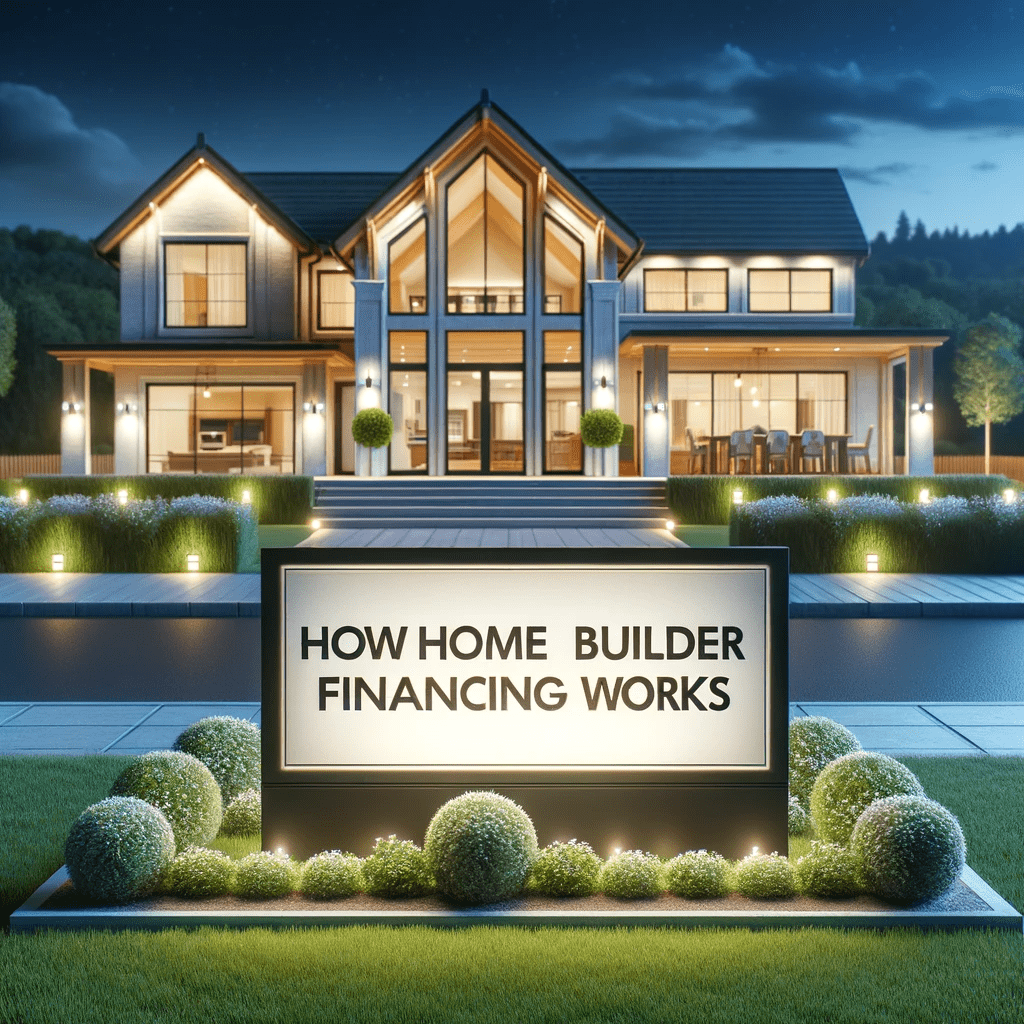
How Home Builder Financing Works
Building a home from the ground up is an exciting journey, one filled with opportunities to customize and create a space that truly reflects personal taste and lifestyle. However, before the first brick is laid or the first nail is hammered, understanding the financial framework that supports such an endeavor is crucial. This comprehensive guide delves into the intricacies of home builder financing, providing a roadmap for prospective homeowners and industry enthusiasts alike.
Understanding the Basics of Home Builder Financing
Home builder financing differs significantly from the typical home mortgage process for buyers. It’s a specialized lending service that caters to the unique needs of constructing a home as opposed to buying one. When it comes to financing the construction of a new home, there are typically two types of loans that come into play: construction loans and end loans.
- Construction Loans
Construction loans are short-term loans used to cover the cost of building a home. They are usually set up as interest-only loans during the construction phase, meaning that the borrower only pays the interest on the loan during this time. Once construction is completed, the loan either becomes due in full or is converted to a traditional mortgage, known as an end loan.
- End Loans
An end loan is the mortgage on the property once it is completed. This loan is what the homeowner will pay off over the long term. The end loan is typically a standard 15 or 30-year mortgage.
The Role of the Builder in Financing
Builders often play a crucial role in the financing process. Some builders have preferred lenders they work with and can sometimes offer special financing terms or incentives. Builders may also offer financing themselves, acting as the lender.
Securing a Construction Loan
Securing a construction loan can be more complex than a standard mortgage. Lenders see these loans as riskier, so they may require more stringent credit checks and a higher down payment. Additionally, the borrower will need to present detailed construction plans, a realistic budget, and a timeline for the project.
The Draw Process
Construction loans typically disburse money through a draw process. Funds are released in increments as the construction progresses, with each phase of the project needing to pass inspection before the next draw is released. This process helps the lender ensure that the construction is moving along as planned and that their investment is secure.
Interest Rates and Terms
Interest rates for construction loans are generally higher than traditional mortgages because of the increased risk to the lender. Also, the terms can vary widely depending on the lender and the specifics of the project.
Converting to a Permanent Mortgage
Once construction is complete, the construction loan must be paid off or converted into a permanent mortgage. This transition is known as a “construction-to-permanent” loan and has the advantage of only requiring one set of closing costs.
The Importance of a Good Credit Score
A good credit score is vital in securing favorable terms for both construction and end loans. Higher credit scores can lead to lower interest rates and better loan terms.
Budgeting for Overruns
It’s essential to budget for cost overruns when planning the construction. Unexpected expenses almost always arise, and it’s wise to have a financial cushion in place to cover these costs without jeopardizing the financing.
Insurance and Reserves
Lenders will require a builder’s risk insurance policy during construction, which covers the home against risks like fire, theft, and storms. They may also require interest reserves, which are funds set aside to pay the interest on the construction loan during the building phase.
Navigating home builder financing is a multifaceted process that demands attention to detail, a solid financial foundation, and a clear understanding of the construction timeline and costs. By comprehensively exploring each component, prospective homeowners can confidently embark on the path to building their dream home with a solid financial structure in place.
For those ready to dive into the world of home building, this exploration of financing is just the beginning. With careful planning, the right lending partners, and a commitment to staying informed, the financial aspects of building a home can be managed effectively, paving the way for a successful and rewarding construction project.

